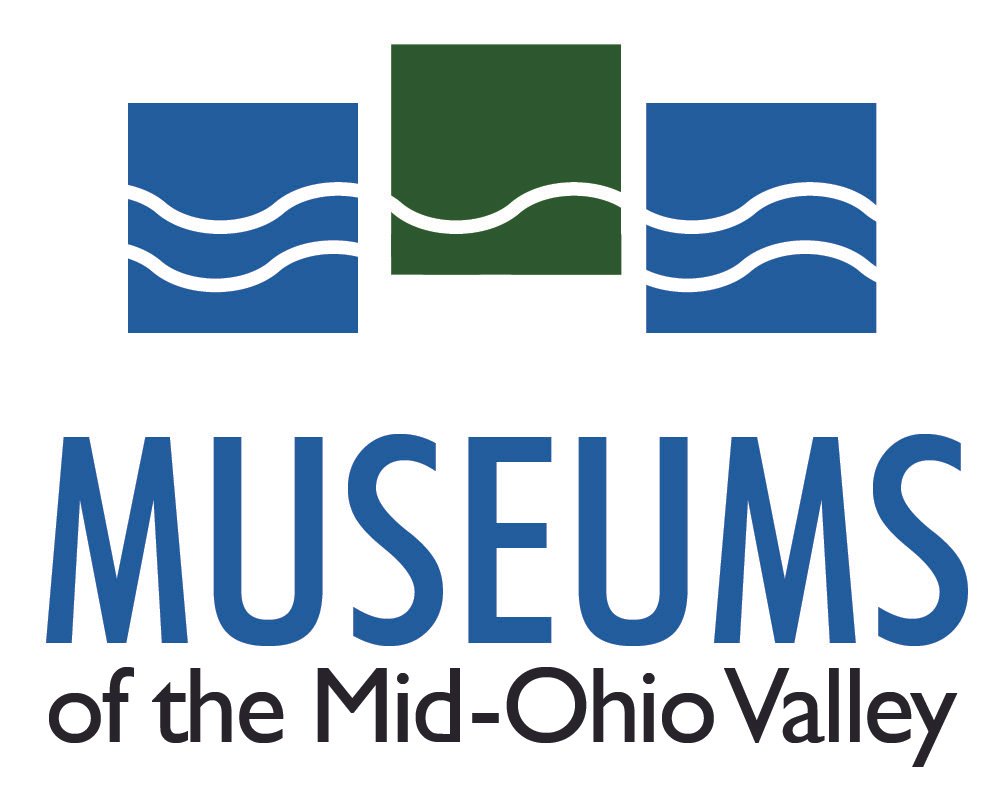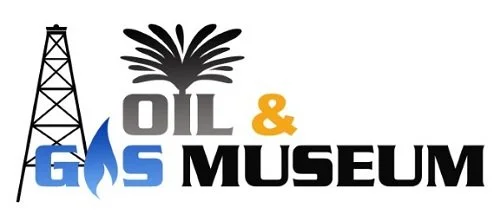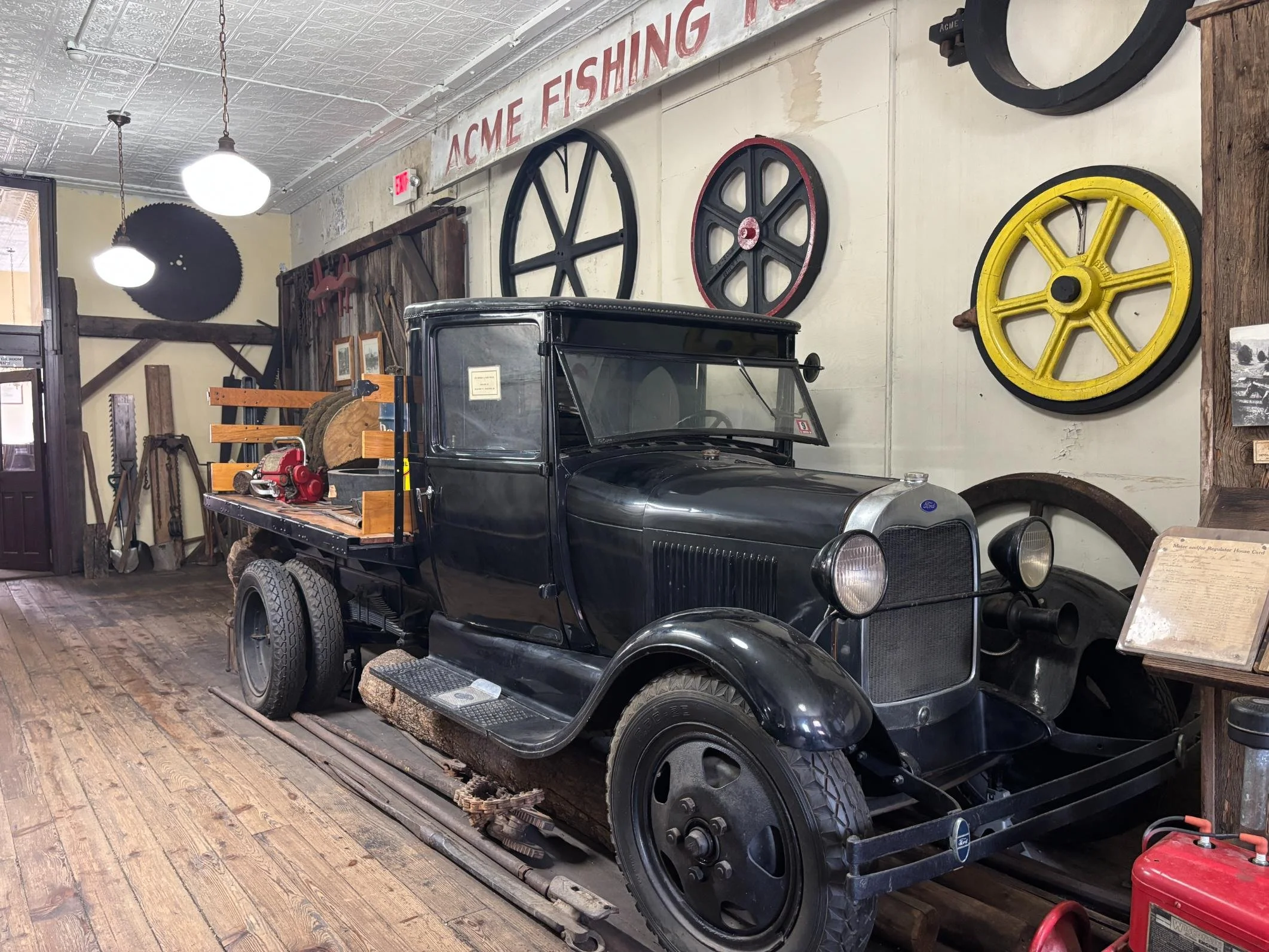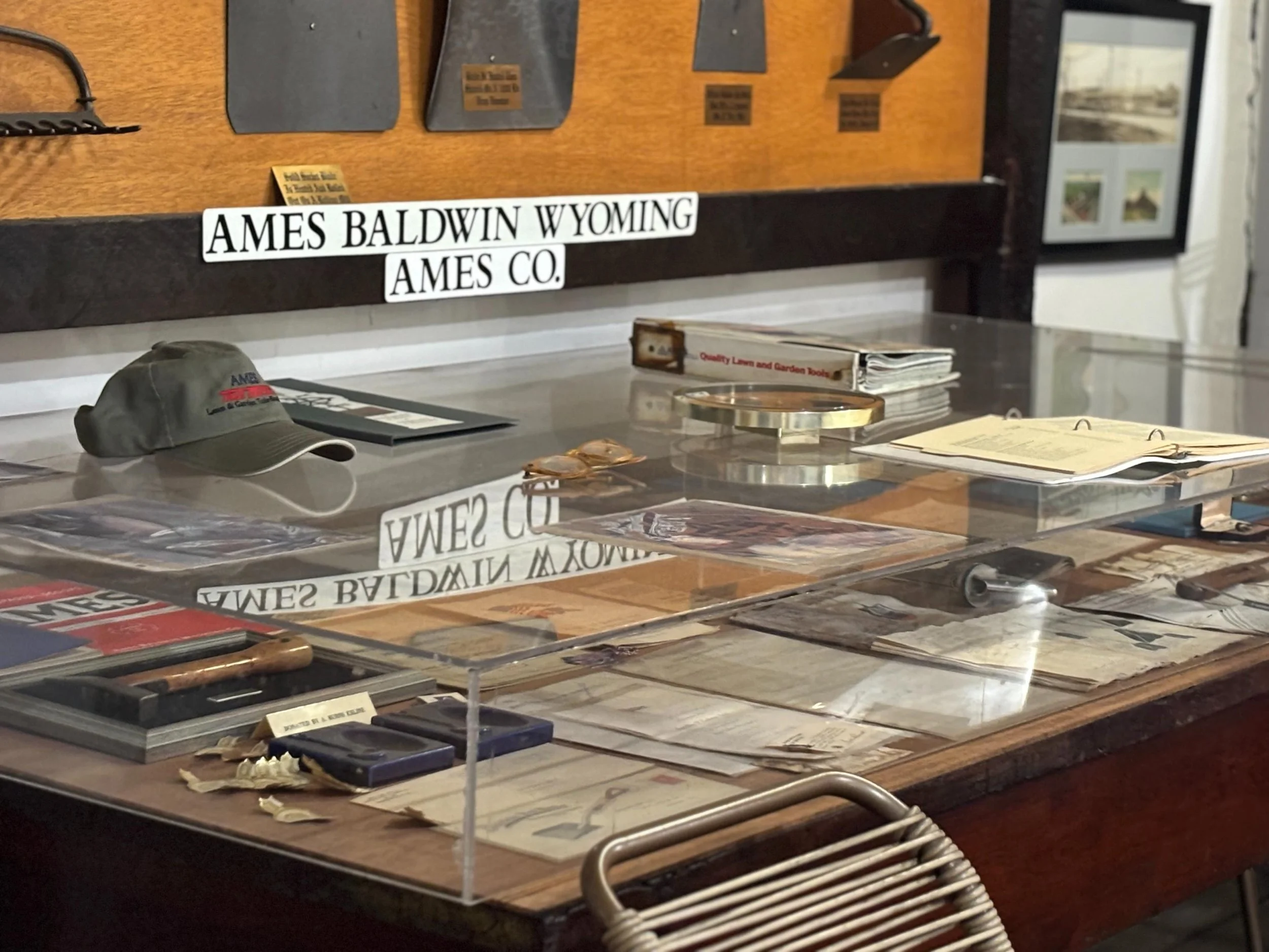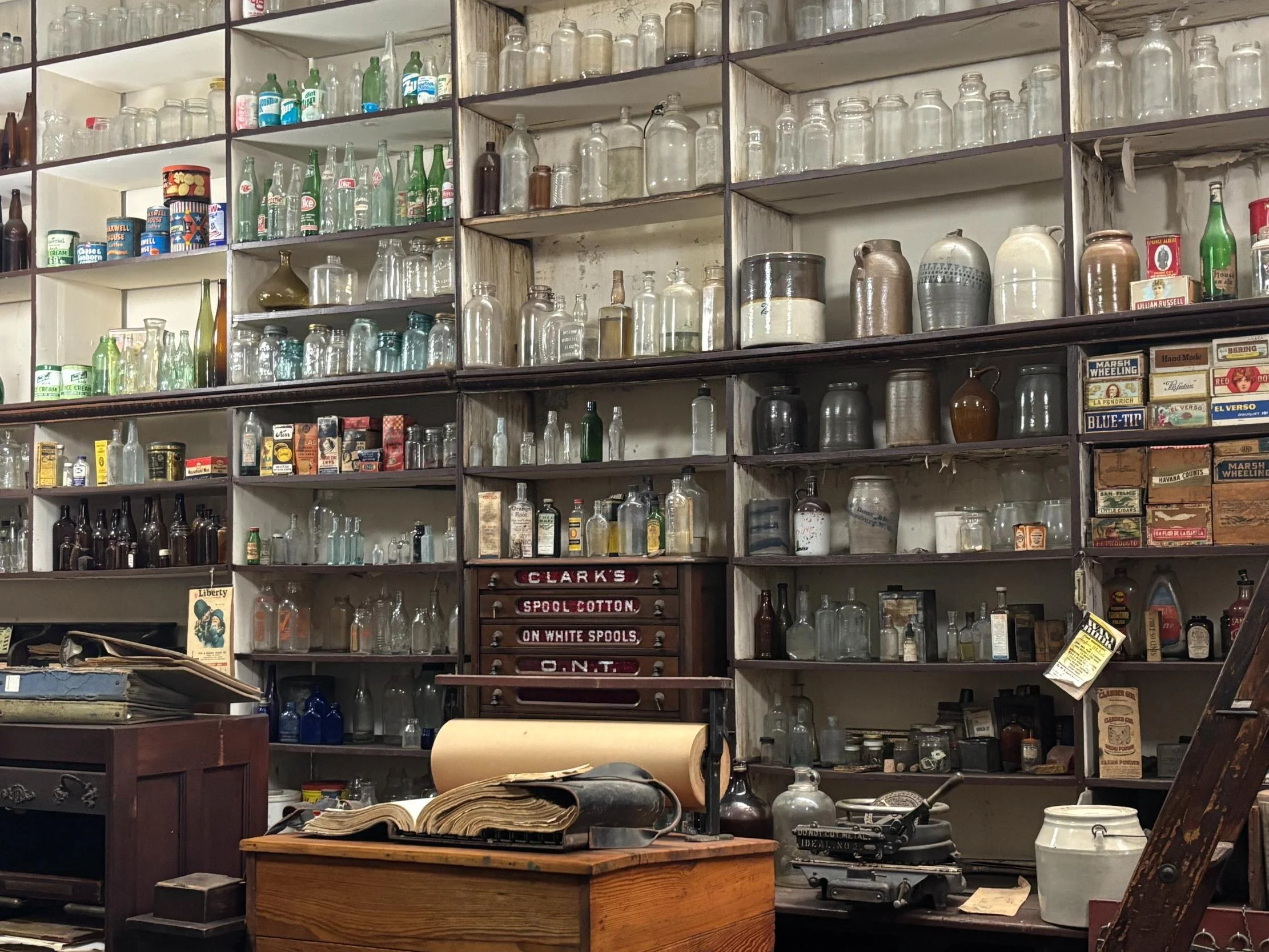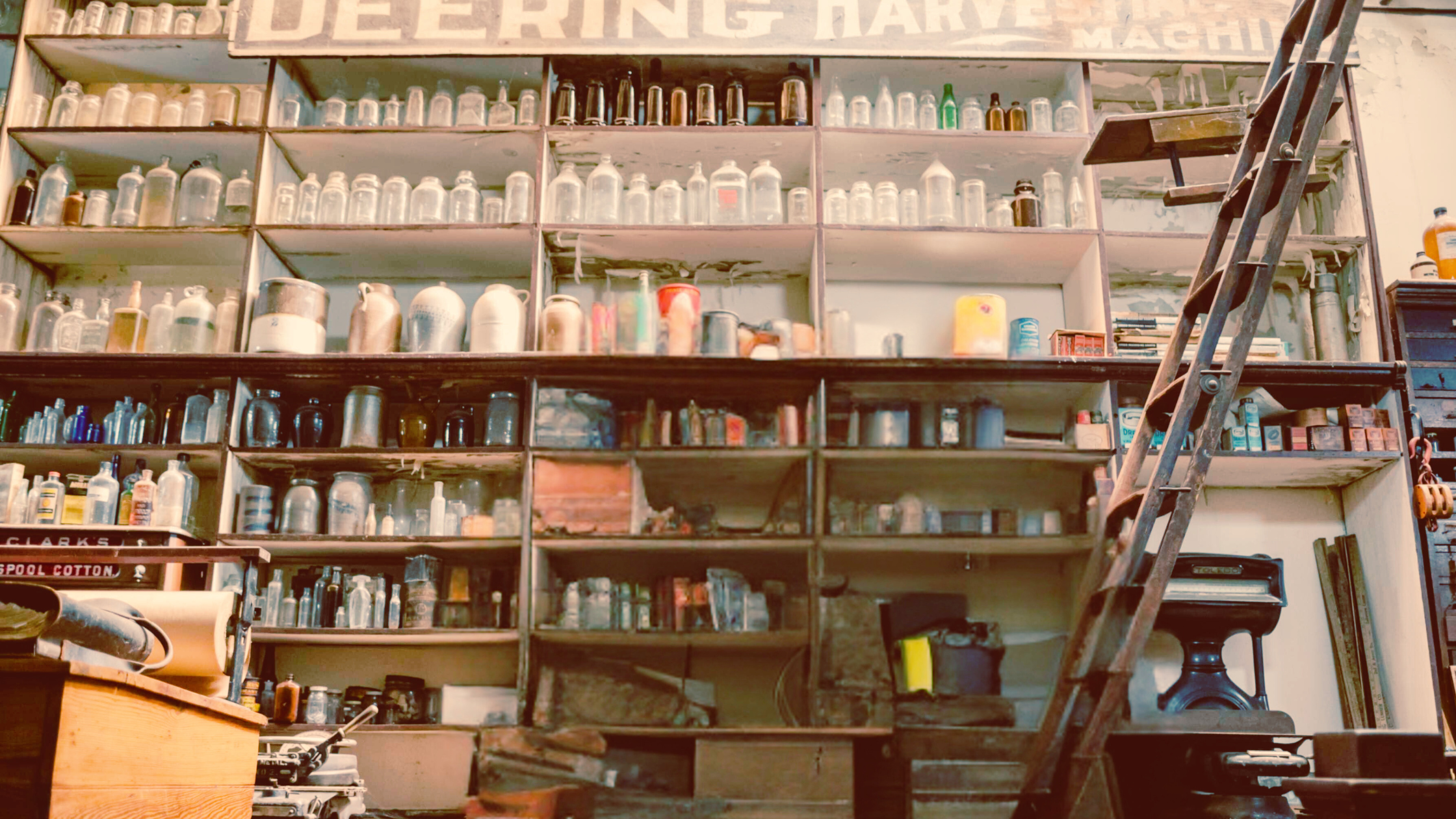
An eastern United States destination
Oil & Gas Museum and the W.H. Smith Hardware Store
The Oil and Gas Museum is located inside the W. H. Smith Hardware store, which is listed on the National Register of Historic Places. The museum highlights the history and present-day impact of oil and gas in the Appalachian Basin.
The Museum portrays the rich and impactful history that the industry has played in our region. Our constantly growing collection of oil and gas artifacts, along with other significant industrial developments in the Mid-Ohio Valley provide a unique learning experience.
Blending some of the oldest oil and gas artifacts in existence with current displays of how revolutionary the industry has become, we offer a valuable insight into the ever-changing oil and gas business. This nationally recognized museum presents the intriguing history of the oil and gas industry, including how the accumulation of wealth from oil impacted West Virginia statehood.
The former hardware store, on the National Register of Historic Places, also houses the area’s Civil War Museum and other military history. Our exhibits tell the story of the innovators and entrepreneurs who fought to create the new state of West Virginia and develop its industries.
In recent years, the industry has gone through paradigm geopolitical changes impacting international relations, national policy, markets and technology. Our Museum is dedicated to the guardianship of the oil and gas industry's heritage from where it all began, to where it is today, and where it's headed tomorrow.

Visiting the Oil & Gas Museum
Location & Hours
119 Third Street
Parkersburg, WV 26101 (open directions)
Free parking is available on the street in front of the museum, as well as in the back parking area.
Hours
Wednesday through Friday: 11:00 a.m. - 4:00 p.m.
Saturday and Sunday: 12:00 p.m. - 5:00 p.m.
Admission
Adults, ages 17 and over: $10
Children, ages 7-16: $5
Children, age 6 and under: Free
Veterans: $5
Have more questions? See our FAQ section below or contact us.
Exhibits and Collections
“If you genuinely love antiques and history this is the place for you!! The name of the museum is a little misleading because they have much more than just oil and gas history here. There are three floors absolutely jam packed with antiques and cool things to look at. I really liked the marble room and the basement full of parts and pieces.”
Frequently Asked Questions
-
Yes. Arranging a group tour, or a personally guided tour, can be arranged by calling the museum.
-
The typical length of a visit to the Oil & Gas Museum ranges from an hour to nearly a full day. With three floors of exhibits, a person could easily spend 4-5 hours exploring all of the nooks and crannies! However, we encourage a multi-day ticket so that you can take breaks, go grab lunch, and take your time exploring all of the history.
-
There is handicap parking in the rear of the building and the back door is on ground level with no steps.
Inside the museum, some areas are smaller than others and wheelchair or walker users may find it difficult to navigate in these areas.
-
Yes! Kids are drawn to our early Boy Scouts exhibit and love exploring the authentic general store display filled with candy and toys from the early 1900s. They're both fascinated and slightly spooked by our historically accurate mannequin in the industrial exhibit, and enjoy discovering Civil War era artifacts that tell the story of our region during wartime.
-
The three men are Congressman Peter G. Van Winkle, Governor Arthur I. Boreman and Governor William E. Stevenson
During the Civil War, several Parkersburg residents played a role in carving the new state of West Virginia from the Old Dominion of Virginia and in representing it at the national level.
Much of the political life of the city took place in nearby venues such as the U.S. Hotel, which stood on the site of the present structure a block farther southeast, and the Swann House, which was located on “the Point” three blocks southwest. Wartime visitors to the Swann House, the most prominent hotel in the city, included Union Gens. George B. McClellan, Jacob D. Cox, Ambrose E. Burnside, and David Hunter, and Union Cols. Rutherford B. Hayes and James A. Garfield.
Prominent Parkersburg residents were motivated to keep northwestern Virginia in the Union and to help protect the Baltimore and Ohio Railroad and the oilfield at Burning Springs (Oiltown). Peter G. Van Winkle contributed importantly to drafting the first constitution for the new state of West Virginia and served as one its first two U.S. Senators. Local attorney Arthur I. Boreman became the state’s first governor. William E. Stevenson served in the first state constitutional convention and then became the state’s third governor. Physician John W. Moss presided over the First Wheeling Convention and later served as colonel of the 2nd West Virginia Infantry (US). General John Jay Jackson, as a delegate to Virginia’s secession convention, voted against secession. His son, Judge John Jay Jackson, served as a federal judge and delegate to the First Wheeling Convention.
